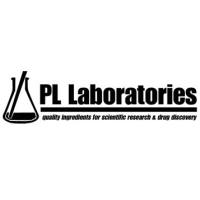ADHD Animal Model Characterization: Transcriptomics and Proteomics Analyses
互联网
498
Mechanisms underlying behavioral abnormalities of patients with attention-deficit hyperactivity disorder (ADHD) disorder are still unknown. It is worth clarifying alterations in the brain of animal models for ADHD. The animals with neonatal treatment with 6-hydroxydopamine (6-OHDA) and congenic wiggling (Wig) rats show motor hyperactivities during a period of darkness at 4 weeks of age. In rats with 6-OHDA lesions, subcutaneous injection of methamphetamine attenuates hyperactivity, the reverse of its effect in Wig rats. To understand mechanisms underlying such behavioral abnormalities, transcriptomics and proteomics analyses may provide novel information in brain research. The expression of genes and proteins in brain regions can be measured by DNA microarray and two-dimensional gel electrophoresis, respectively. We have shown different expressions of genes and proteins in brains of rats with neonatal 6-OHDA lesions and Wig rats.








